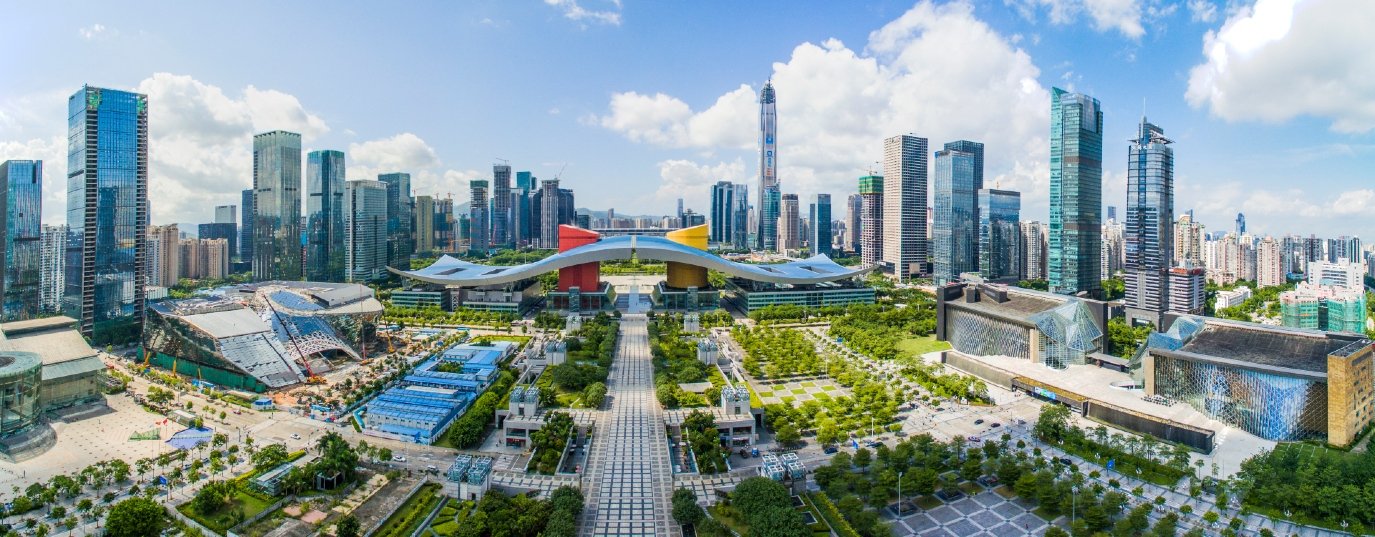Rapid urbanization is a defining trend of the 21st century. Cities are expanding faster than ever, placing pressure on infrastructure, housing, transportation, and the environment. Sustainable urban planning is emerging as a solution to these challenges, aiming to create livable, resilient, and environmentally responsible cities.

Challenges of Urban Growth
Urban growth often leads to traffic congestion, air pollution, inadequate housing, and strain on public services. Developing nations face additional challenges due to limited resources and regulatory frameworks. Without proper planning, these problems worsen social inequality, public health issues, and environmental degradation.
Principles of Sustainable Urban Planning
Sustainable urban planning integrates green infrastructure, energy-efficient buildings, public transportation, and waste management systems. Cities like Singapore, Copenhagen, and Curitiba have successfully implemented green spaces, cycling lanes, and renewable energy projects to reduce environmental impact and improve quality of life.
Community Engagement and Technology
Community involvement is critical for effective urban planning. Participatory planning allows residents to voice their needs and contribute to decision-making. Smart technologies, including IoT sensors and AI analytics, help city planners monitor traffic, air quality, and energy use in real-time, enabling data-driven decisions.
Global Examples
In Asia, cities like Seoul and Tokyo are adopting smart urban solutions, while Dhaka and Mumbai face challenges with congestion and flooding. Lessons from successful cities highlight the importance of integrating technology, green infrastructure, and social equity into planning processes.
Sustainable urban planning is essential for cities to accommodate growing populations while minimizing environmental and social impacts. By combining innovation, community engagement, and policy support, cities can become healthier, safer, and more resilient for future generations.

